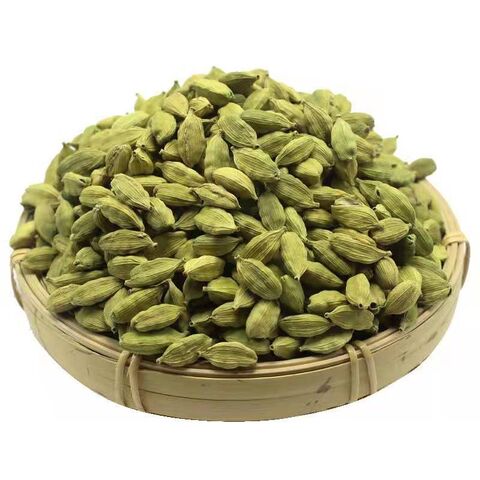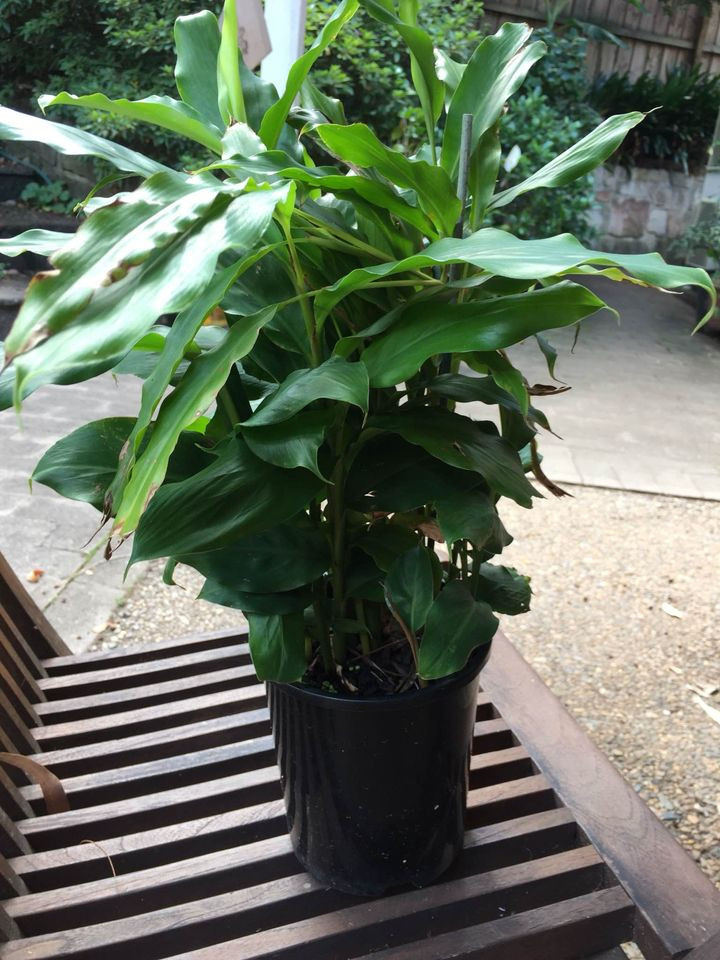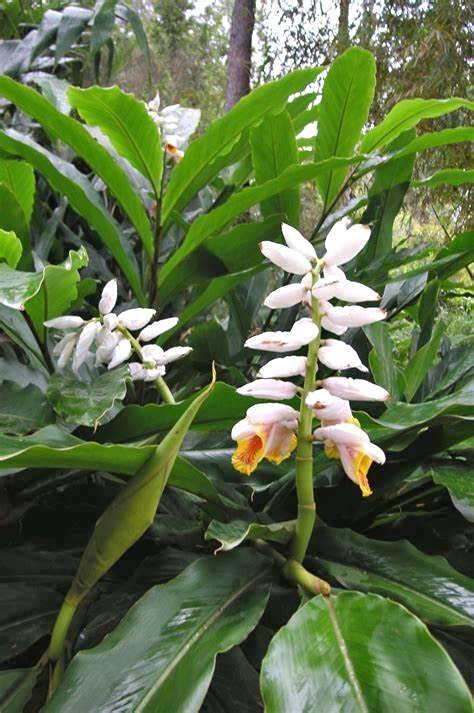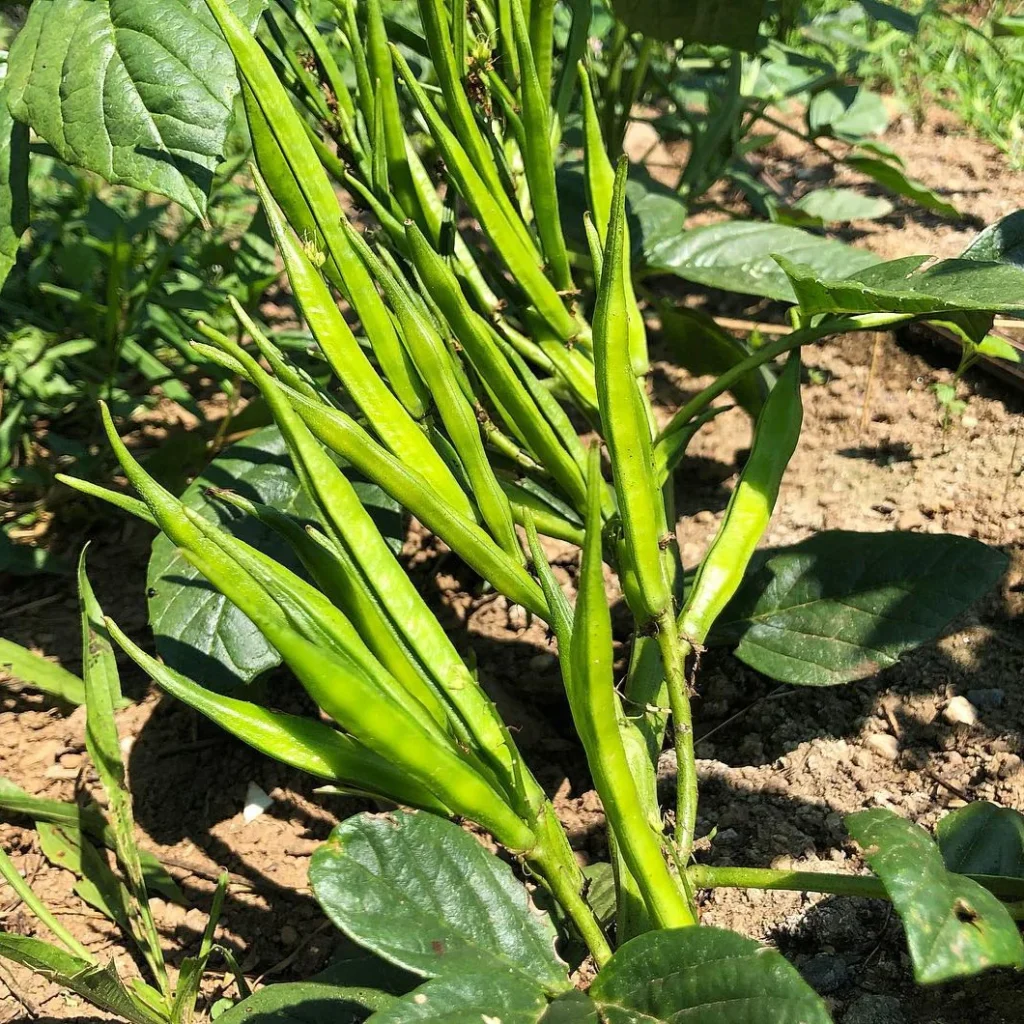Appearance
- Plant: Cardamom is a perennial herbaceous plant that grows up to 2-4 meters in height. It has large, lance-shaped leaves and produces small, white or pale green flowers.
- Pods: The cardamom fruit is a small, green pod that contains several black seeds. The pods are harvested before they ripen to maintain their flavor.
Habitat
Cardamom thrives in tropical and subtropical climates. It is predominantly grown in regions with well-drained, loamy soil and ample rainfall. Major producers include India, Guatemala, Sri Lanka, and Tanzania.
Uses
Culinary Uses: Cardamom is a versatile spice used in both sweet and savory dishes:
- Flavoring: It is used to flavor curries, rice dishes, desserts, and beverages such as chai tea and coffee.
- Baking: Cardamom is a common ingredient in baking, used in cookies, cakes, and bread.
- Preserves and Pickles: It is used in various preserves, pickles, and spice blends.
Medicinal Uses: Cardamom has a long history of use in traditional medicine:
- Digestive Aid: It helps alleviate indigestion, bloating, and gas.
- Respiratory Health: Cardamom is used to treat coughs, colds, and respiratory infections.
- Anti-inflammatory: It has anti-inflammatory properties that can help reduce inflammation and pain.
- Antioxidant: The spice is rich in antioxidants, which help combat free radicals and oxidative stress.
- Detoxification: Cardamom is believed to aid in detoxifying the body and promoting overall health.
Other Uses:
- Aromatherapy: Cardamom essential oil is used in aromatherapy for its calming and invigorating effects.
- Perfumery: The spice’s pleasant aroma makes it a popular ingredient in perfumes and cosmetics.







Reviews
Clear filtersThere are no reviews yet.